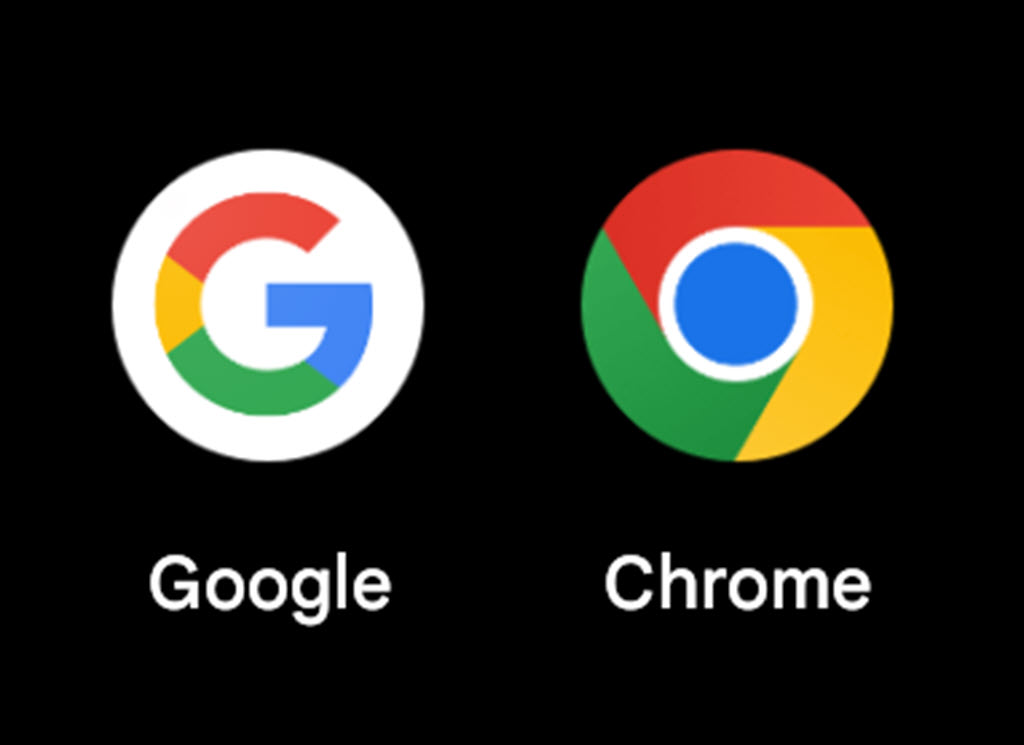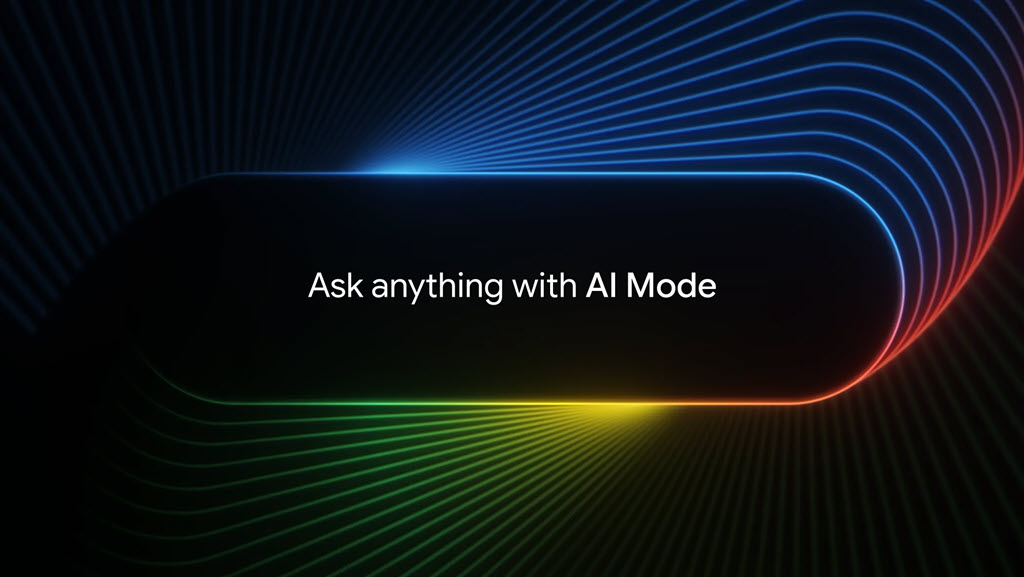
AI is taking over online searches. At the moment, that’s good news – the AI summaries are increasingly reliable and helpful. In the long term, they might be so good that paradoxically, they contribute to the enshittification of the internet. It’s a big, complicated, nuanced AI world.
Let’s go through a little history, then talk about Google AI Mode and other advances in AI-driven searches and how they may go right – and wrong.
Beginning in the early 2000s, a large part of the global economy began to be organized around Google searches. A Google search would display a list of websites; we would click on one of the links and the website at the other end would either show advertising or try to sell you something. Elaborate SEO businesses were built around optimizing websites to rank high in Google searches. The advertising revenue made Google one of the largest companies in the world.
The era of “ten blue links” didn’t last long. Almost ten years ago Google began answering questions at the top of search results when possible, anticipating and responding to what consumers wanted from searches on our phones and home devices. I described Google’s quest for “one true answer” in 2017:
“Our mobile devices have five inch screens. We are on the go and we have short attention spans. We don’t want to scroll through a list, make a decision about which link to follow, then click through to another website where we might have to repeat the search. The New York Times described it this way: “(Google) has repeatedly said that as smartphones displace desktop computers as the internet gateway, people just want the answer to their question – not a link to a site where they might have to repeat the query – and that Google’s results oblige.””
Google’s “one true answer” started out as “Quick Answers” and “Featured Snippets” (short quotes from a reliable website) at the top of search results.
Now Google (and other search engines, and yes, there are some) is putting AI Overviews at the top of search results. Google introduced AI Overviews in 2024 and they are already being used by more than a billion people per month.
Roughly 60% of searches now yield no clicks at all, as AI-generated answers satisfy them directly on the search results page, according to Forbes.
Zero-click searches are transforming the online economy. We’re still at the beginning of this evolution but research suggests Google’s AI Overviews are already causing organic traffic to fall anywhere from 15% to a whopping 64%, depending on what kind of site it is.
Websites that provide information like guides or tutorials – blogs with DIY tips or travel guides, say – are watching their business models fall apart. Edtech company Chegg sued Google claiming that AI summaries of search results have hurt Chegg’s traffic and revenue. There will be more lawsuits but it’s telling that Chegg is also trying to figure out how to restructure its business in the face of the new zero-click reality.
Google invited 20 website creators to talk about search last October, according to Bloomberg. “Google representatives apologized to the web creators and said their sites represented exactly the kind of helpful content that the company wanted to surface in search, according to creators who were in attendance. But Googlers also said they couldn’t give any guarantees that their websites would recover, because the search product had fundamentally changed in the AI era, multiple attendees said.”
Part of the problem is that the web has become a toxic sludgepool of clickbait farms, misinformation, and AI-generated spam. Google is struggling to tune its AI search results to prioritize high-quality sources and cut through the noise. The enshittification of the internet is proceeding at breakneck speed (partially powered by AI); if AI can cut through the crap and highlight trusted sources, it might be our best chance to keep searches useful.
But there are side effects for reputable websites, which are being forced to abandon everything they knew about obtaining traffic by ranking high in search results. Website owner Morgan McBride saw traffic to her crafting website plummet by 70% and blames AI Overviews. “Some days, it was hard to even get out of bed. Though she hopes Google can help bring some traffic back, she said the long-term damage to her business is done.”
Although Google stands to lose advertising revenue, it sees this shift as inevitable. It has moved rapidly to display AI Overviews worldwide, and is constantly upgrading the quality of the AI engine. Recently Google launched an upgraded AI engine for AI Overviews in the US “to help with harder questions, starting with coding, advanced math and multimodal queries, with more on the way.”
(FILE FOR FUTURE REFERENCE: A federal judge is working on a ruling in an antitrust case that might change everything, might change nothing, or might be tied up in appeals for so long that it makes no practical difference. Here’s last week’s New York Times article about how arguments about AI and search results might affect the judge’s ruling.)
Google AI Mode
But what’s coming takes that a step further. Last week Google added “AI Mode” as an option for your web searches, where a special version of Google Gemini 2.0 can engage in a conversation. You can ask layered complex questions and get deep, helpful responses, with follow-up questions and web links. Behind the scenes it will be running multiple mini-searches to get the information it needs.
I’ve been testing AI Mode for several weeks. Like many of the AI tools available today, it’s awesome and uncanny and kind of breathtaking. Try it! Throw the toggle on this page. You’ll see AI Mode as an option at the top of your searches. Do a regular search, then tap “AI Mode” and see how it compares. I’m using it constantly now.
This week AI Mode will add a new feature – it will try to assist businesses when you do searches related to products or places by displaying clickable tiles. Google says: “For local spots, like restaurants, salons and stores, you can quickly see info like ratings, reviews, and opening hours, and if you’re looking for a product, you’ll see shoppable options with real-time prices (including the latest promotions), images, shipping details and local inventory.” Here’s Google’s 30-second demo to show off the new tiles.
What should you do?
Use the AI summaries when you do web searches. They’re increasingly accurate and without realizing it you probably already are clicking less than you used to. We spent years learning the syntax for a Google search but now you can type natural language – and as AI takes over, we can type (or dictate) entire paragraphs to start a web search.
AI Overviews are being added to searches by everyone when appropriate, but if you want to see AI Overviews in more search results, you can opt into the latest AI experiments by throwing a toggle on this page in Google Search Labs. And AI Mode has just been opened up to everyone if you visit this page. Try it!

And make a mental note: most of you probably launch Chrome on your phone to do a search or start browsing. Google also has a separate app on iOS and Android named, well, the “Google App.” The Google app is optimized for searches. The icon is Google’s colored letter “G” instead of Chrome’s circle. It’s easier to start searches with your camera and it is more intuitive to use these new AI features with the Google app.
But beware of the secondary effects during the next few years. The future of the open web may be at stake. Content creators may start bailing out if they don’t see web traffic or revenue. More valuable content will disappear behind paywalls. Small businesses may be forced out of business as traffic slows down. AI-powered searches might be valuable in the short run but they might accelerate the enshittification of the internet in the long run.


Trackbacks/Pingbacks